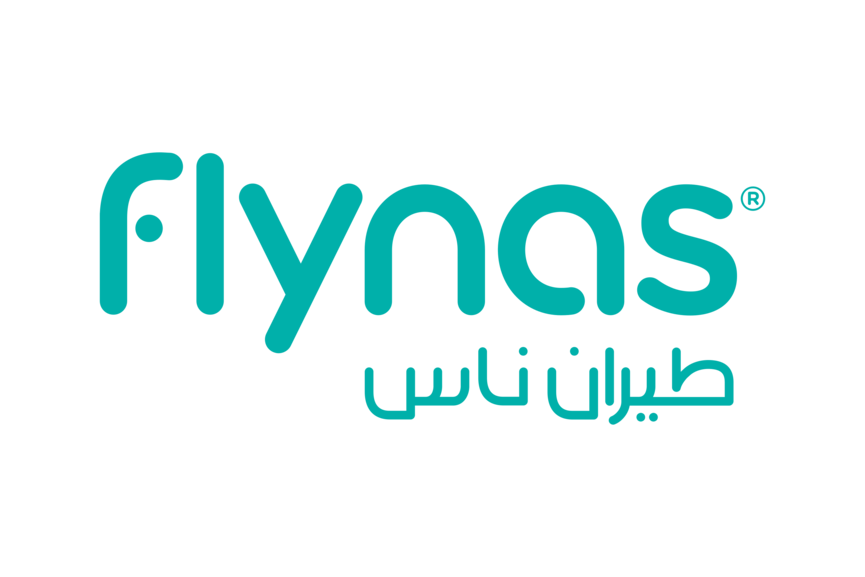Land of Ancient Mysteries
Location : Saudi Arabia - Tabuk
Discover some of Saudi Arabia's most ancient, yet captivating sites as you travel through the land of Medayn, where Prophet Moses lead his people through a journey away from ancient Egypt, witness the greatness of ancient civilisation and architecture at Hegra, the Nabatean capital before the rose city of Petra, and enjoy the wonderful along the way including Desi valley and much more during this one of a kind experience.
Program ( 5 days )
-
Day 1
Aqaba Border - Medyan - Duba
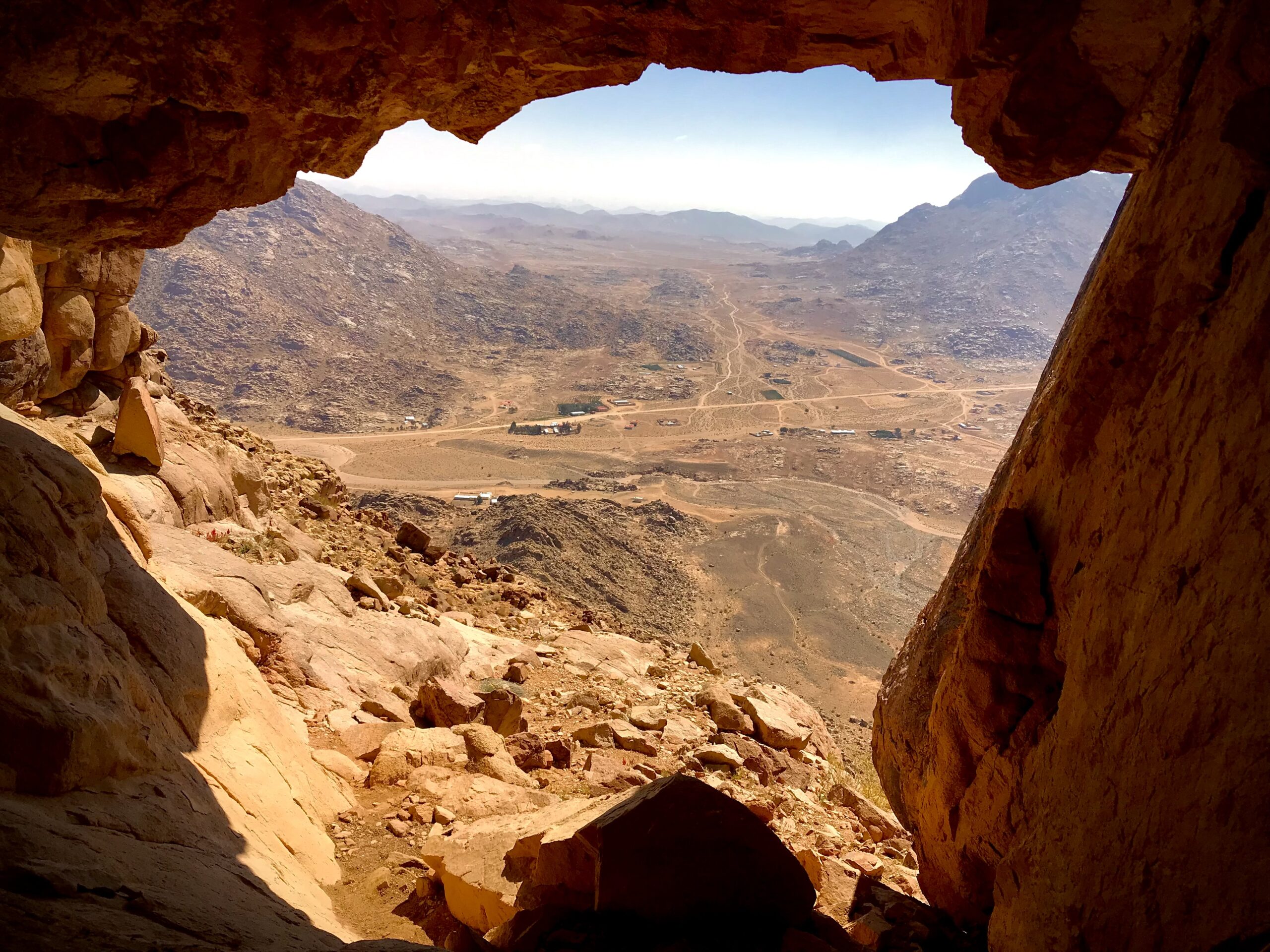 Upon arrival to Aqaba Jordan / Haqil Saudi borders, proceed to Passport Control for immigration and clearing customs formalities. (Early Arrival is a must).
Upon arrival to Aqaba Jordan / Haqil Saudi borders, proceed to Passport Control for immigration and clearing customs formalities. (Early Arrival is a must).
The Saudi Titanic in the Gulf of Aqaba! 50 kilometers south of the city of Haqil, an unexpected manmade feature lays on the coral reef near the beach - a shipwreck whose front still protrudes from the water. Its name 'Georgios G' can nearly be distinguished on the side of the wreck from the shore, but it is also known as the Saudi Titanic.
Dated back to the end of the 2nd millennium BCE, Medyan is known for being the place where the Prophet Moses sought refuge after fleeing from Egypt. There he met the Prophet Jethro who recognized in Moses a pure soul and gave him one of his daughters. Moses then lived for ten years with his wife and father-in-law in Medyan before returning to Egypt to free its people from the Pharaoh Ramses II.
Moses Well, where Moses found his future wife for the first time (Sephora) and protected Jethro's flock.
Maqna (The 12 springs of Moses) is a charming coastal town located on the Gulf of Aqaba that faces Egypt and the Sinai mountains, clearly visible from it. But the town is famous for its wells that witnessed an important episode in the life of the Prophet Moses and is a very significant stop on the way to Mount Horeb. This place is described in Exodus and by Josephus to have 12 natural springs and 70 palm trees which provide year-round water.
Tayeb Ism (The valley of Moses) is one of the magical natural wonders of Saudi Arabia that takes visitors by surprise. This incredible natural feature of Tabuk Province is located on the Gulf of Aqaba, just 20 Km north of the coastal town of Maqna.
Continue to Duba city.
Overnight Duba Hotel
-
Day 2
Duba - Desi Valley - Tabuk
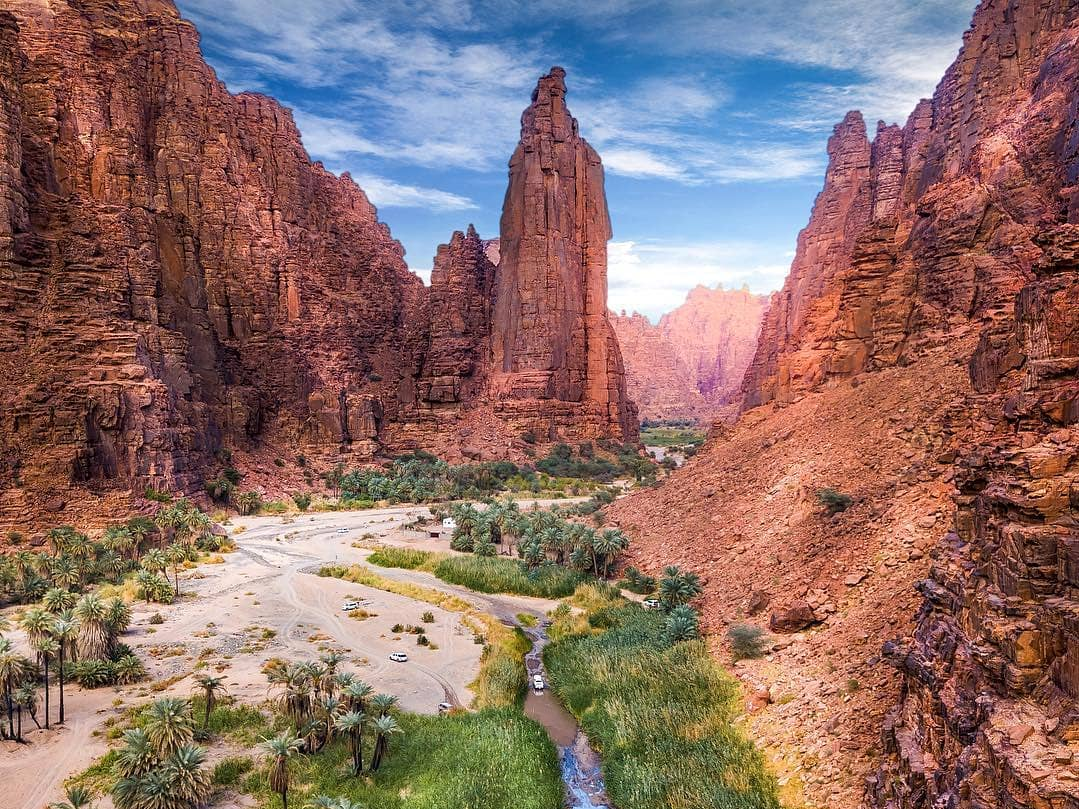 Today we drive to the natural jewel of Saudi Arabia, Wadi Qaraqir - also known as Wadi Deise - is a 15-Km-long canyon running through the Jebel Qaraqir, a heaven palm oasis with crestal clear running water. This natural wonder was for a long time a well-kept secret among explorers, before the road leading to the nearby city of Deise was built and satellite images were available to the public, which made it quite difficult to find and reach. Today, this natural wonder has become one of the must-see places in Saudi Arabia.
Today we drive to the natural jewel of Saudi Arabia, Wadi Qaraqir - also known as Wadi Deise - is a 15-Km-long canyon running through the Jebel Qaraqir, a heaven palm oasis with crestal clear running water. This natural wonder was for a long time a well-kept secret among explorers, before the road leading to the nearby city of Deise was built and satellite images were available to the public, which made it quite difficult to find and reach. Today, this natural wonder has become one of the must-see places in Saudi Arabia.
One of the most incredible concentrations of natural wonders in the Kingdom of Saudi Arabia,
Among all there is a more discreet but fascinating place, Al-Shaq. This name means the tear (or rip) which makes sense as here the earth has been literally torn apart by tectonic forces. That is the reason why this place is also known as the Great Canyon of Saudi Arabia.
Overnight Tabuk Hotel.
-
Day 3
Tabuk - AlUla
 AlUla, the capital of the governorate of the same name that is part of Medina Province.
AlUla, the capital of the governorate of the same name that is part of Medina Province.
Located in the Wadi Al Qura, a valley oriented north-south between, on the west, the lava fields of the Harrat 'Uwayrid, and the sandstone massif of the Jebal Al Thumayid. Its underground water resources and its strategic location along the frankincense road meant this valley played a major role in the history of the Arabian Peninsula.
The birthplace of two ancient Arabian kingdoms
During the 1st millennium BCE, Al-Ula saw the rise of the ancient city of Dadan that became the capital of two successive kingdoms, Dadan and Lihyan, that ruled over the northwest of the Arabian Peninsula.
And at the end of the 1st millennium BC a new power coming from the north, the Nabateans, installed their southernmost outpost and second most important city 20 kilometers to the north of AlUla, in Hegra "Madain Saleh".
Today we explore Al Ulla, the birthplace of two ancient Arabian kingdoms. During the 1st millennium BC, Al-Ulla saw the rise of the ancient city of Dadan that became the capital of two successive kingdoms, Dadan and Lihyan, that ruled over the northwest of the Arabian Peninsula.
A small fort still stands in the middle of the Heritage Village of Al-Ulla and is known as Musa Ibn Nusayr Fort. It was probably a fortified structure as early as the Dadanite or Lihyanite times as some Dadanite inscriptions were carved on the rock where the fort was built.
Al-Ula Heritage Village (ghost town), also known as Ad-Deerah, is the traditional Arabian village where people of the oasis moved some 8 centuries ago and inhabited until the 20th century. It was built on a higher part of the valley to be clear from the floods that can occur during the raining season. At its maximum expansion the town contained over 1 000 houses that were built adjacent to one another thereby forming a wall around the town to defend the population.
Sunset at the majestic Elephant Rock for leisure.
Overnight AlUla Camp.
-
Day 4
Hegra - Tabuk
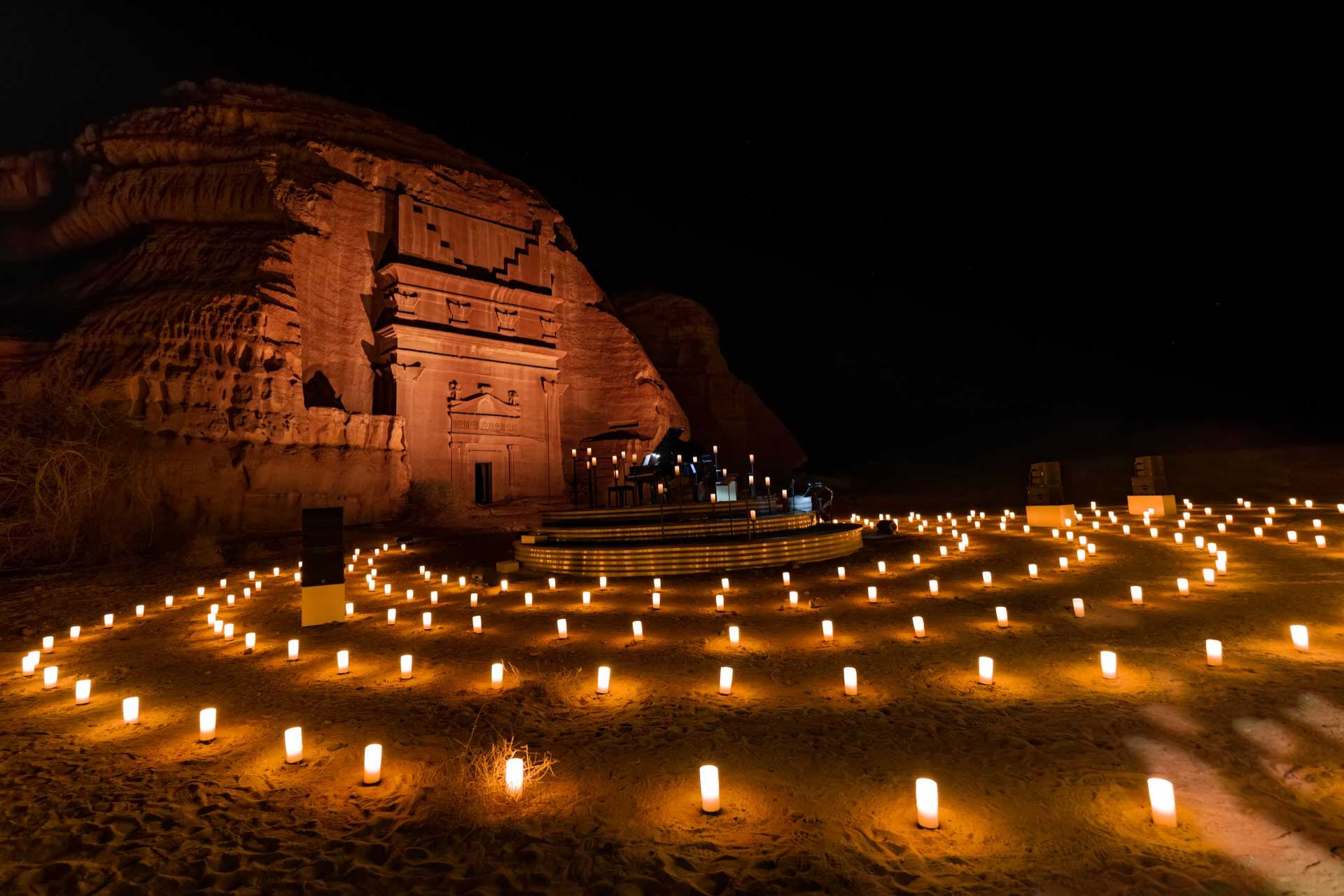 Hegra is the most iconic historical site of the Kingdom of Saudi Arabia and the first to be listed as a UNESCO Word Heritage, back in 2008. The Nabateans, called it Hijra (as it appears in some ancient inscriptions at the site), and the Romans used to call it Hegra.
Hegra is the most iconic historical site of the Kingdom of Saudi Arabia and the first to be listed as a UNESCO Word Heritage, back in 2008. The Nabateans, called it Hijra (as it appears in some ancient inscriptions at the site), and the Romans used to call it Hegra.
The Nabatean Kingdom:
The Nabatean people were Arab merchants actively involved in the frankincense trade originating from ancient Yemen from which they gained their great wealth. The Nabatean Kingdom developed from the 2nd century BC until the beginning of the 2nd century BC.
The extensive settlement of the site took place during the 1st century AD, when it came under the rule of the Nabatean king Arêtes IV Philopatries (Al-Harith IV) (9 – 40 BC), who made Madain Saleh the kingdom's first capital, before Petra, located 500 kilometers to the north.
In the early 19th century BC, the Ottomans built a railway station at Madain Saleh that was along the Hejaz Railway linking Damascus to the holy city.
Drive back to Tabuk.
Overnight Tabuk hotel.
-
Day 5
Tabuk - Aqaba
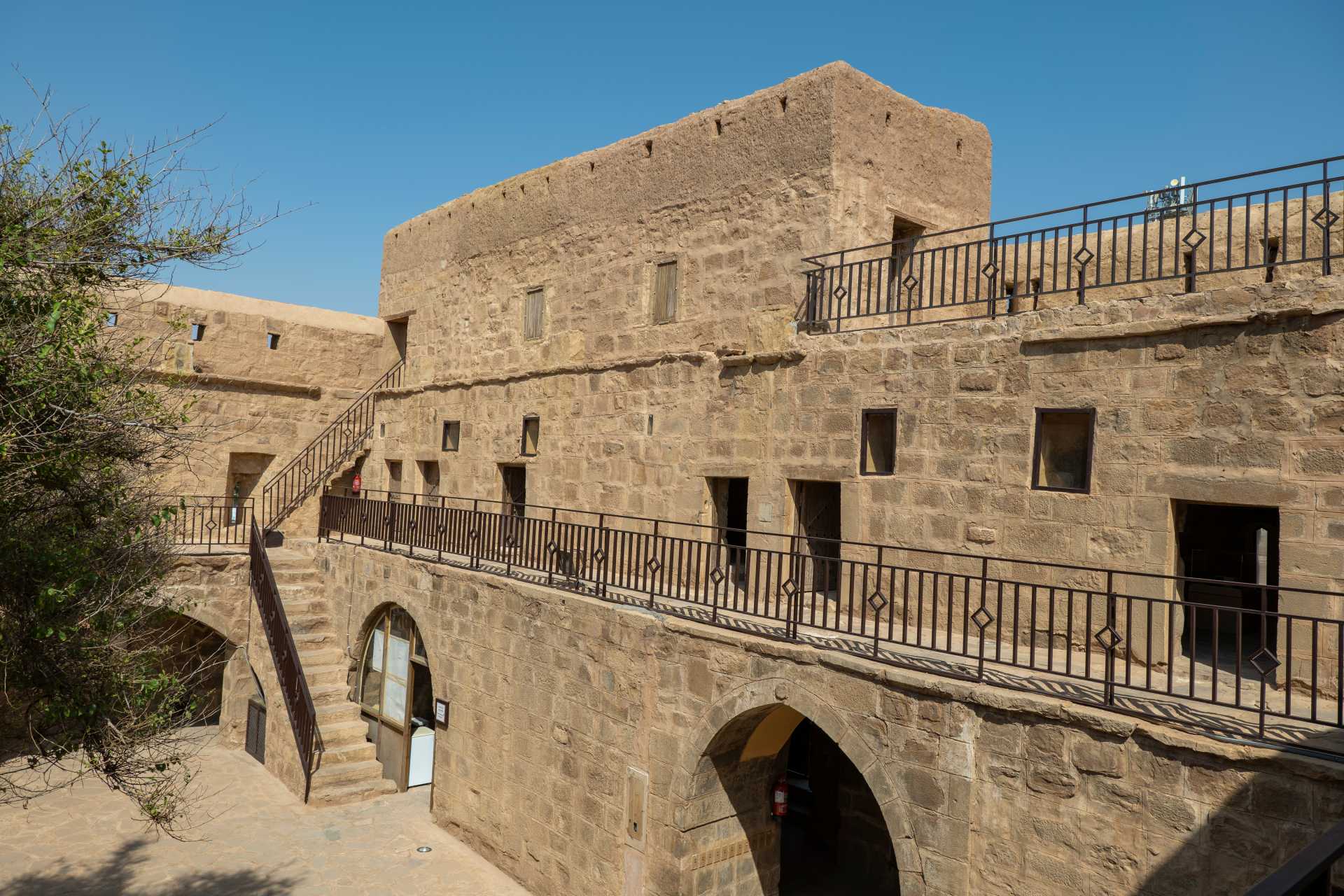 Tabuk Province has some of the richest history of the whole Arabian Peninsula and deserves a museum to highlight its heritage. Since 2019 visitors have been able to admire some fascinating artifacts exhibited in the old Hijaz Railway Station in Tabuk city that was refurbished for this purpose. The elegant building has the architecture of the early twentieth and twenty-first centuries mixing to offer a journey from prehistory to modern times and even into the future, with the city of Neom that will soon rise in Tabuk Province.
Tabuk Province has some of the richest history of the whole Arabian Peninsula and deserves a museum to highlight its heritage. Since 2019 visitors have been able to admire some fascinating artifacts exhibited in the old Hijaz Railway Station in Tabuk city that was refurbished for this purpose. The elegant building has the architecture of the early twentieth and twenty-first centuries mixing to offer a journey from prehistory to modern times and even into the future, with the city of Neom that will soon rise in Tabuk Province.
Tabuk Castle, is an ancient castle which dates to 1559, The castle has been rehabilitated and transformed into a museum open to all visitors. It was constructed to protect the water station as well as for security and surveillance purposes and was one of the stations on the Levant-Medina Haj Road to welcome the pilgrims.
Tabuk Province has some of the richest history of the whole Arabian Peninsula and deserves a museum to highlight its heritage. Since 2019 visitors have been able to admire some fascinating artifacts exhibited in the old Hijaz Railway Station in Tabuk city that was refurbished for this purpose. The elegant building has the architecture of the early twentieth and twenty-first centuries mixing to offer a journey from prehistory to modern times and even into the future, with the city of Neom that will soon rise in Tabuk Province.
Continue to Aqaba border to cross back to Jordan.
End of tour.
Activities
- Adventure
- Trekking
- Campfire
- Exploring
- Hiking
Select Day
This package includes
- All transportation with A/C bus
- All nights’ accommodation B/B at selected category hotel
- Dinners at local restaurants
- English guide at sites
- Jeep tour in Desi Valley (Day 2)
- All Taxes
This package excludes
- Visa cost to Saudi
- Drinks during meals
- All Lunches
- Tips
- Any personal expenses
- Anything not mentioned in the Include items


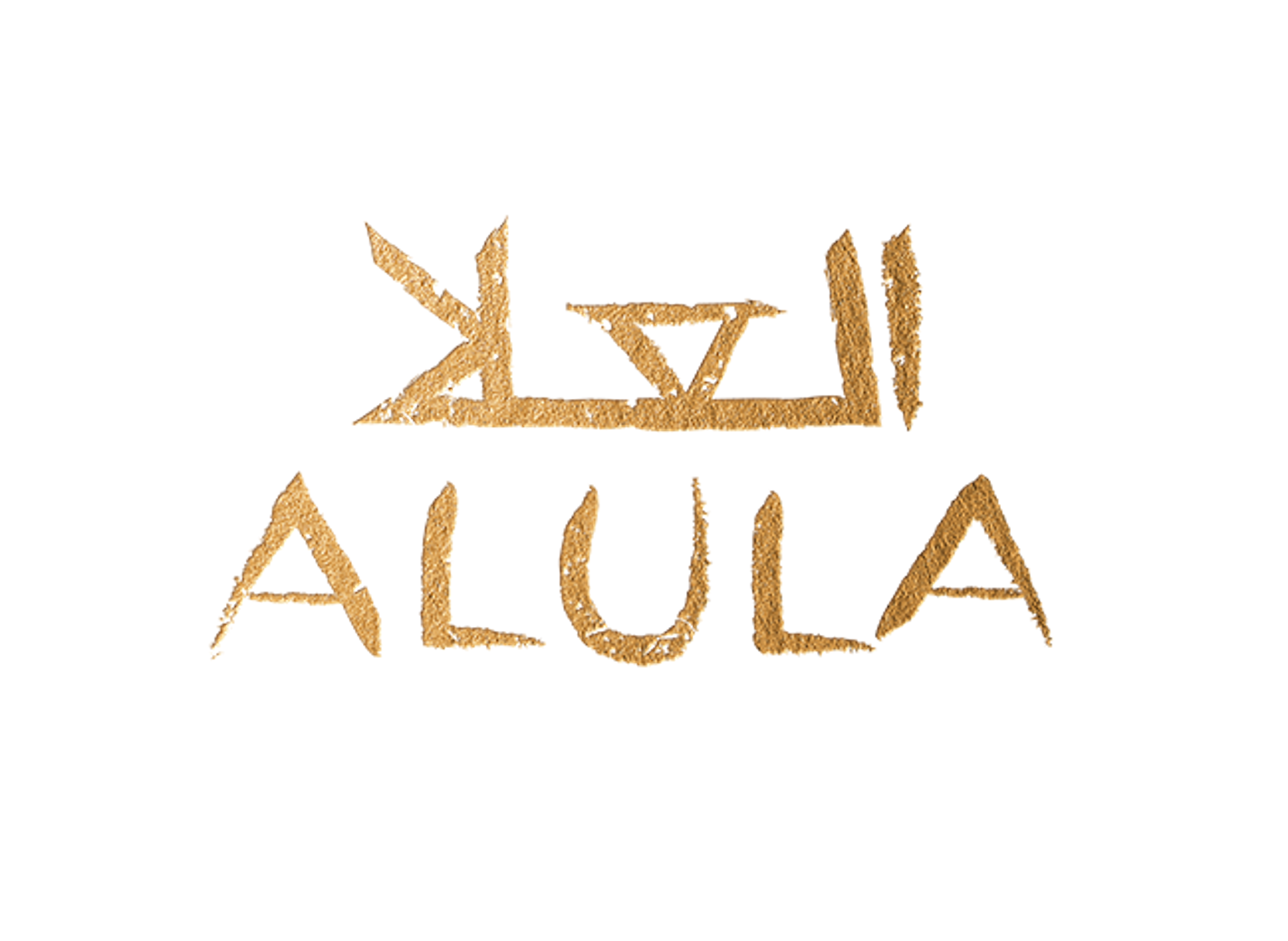



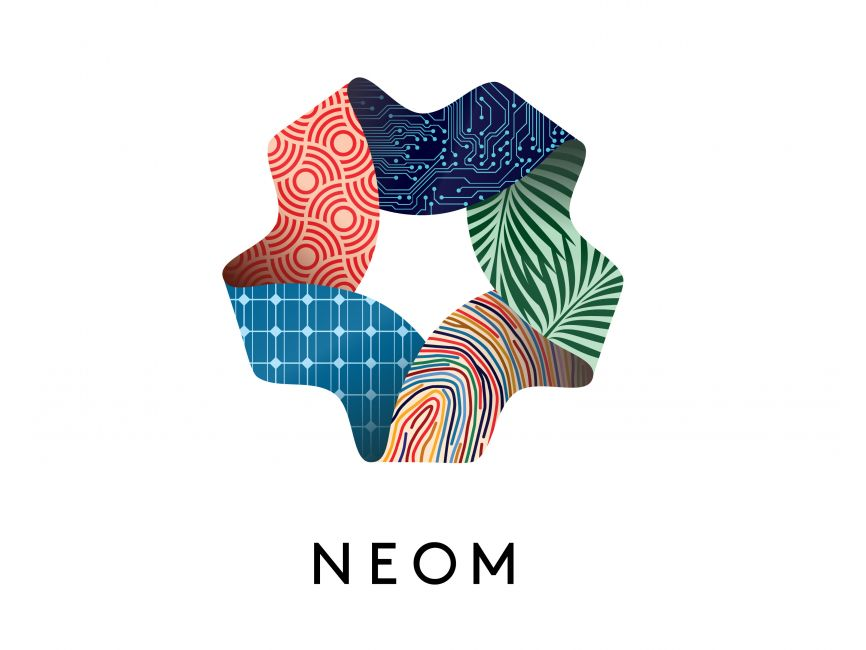
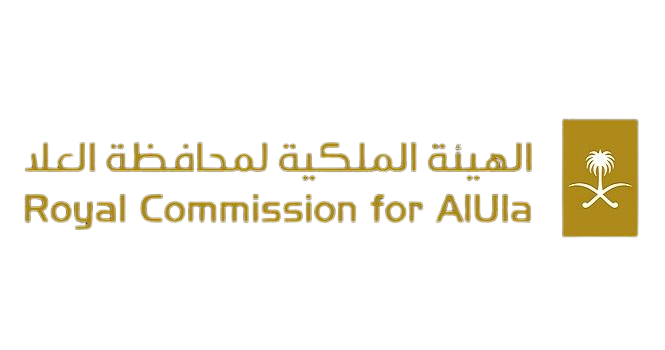
1021517daeb271a3064bfde286be5f0e12e417.jpg)

9573769fae268a382f75cde81f59603e9b35d.png)

